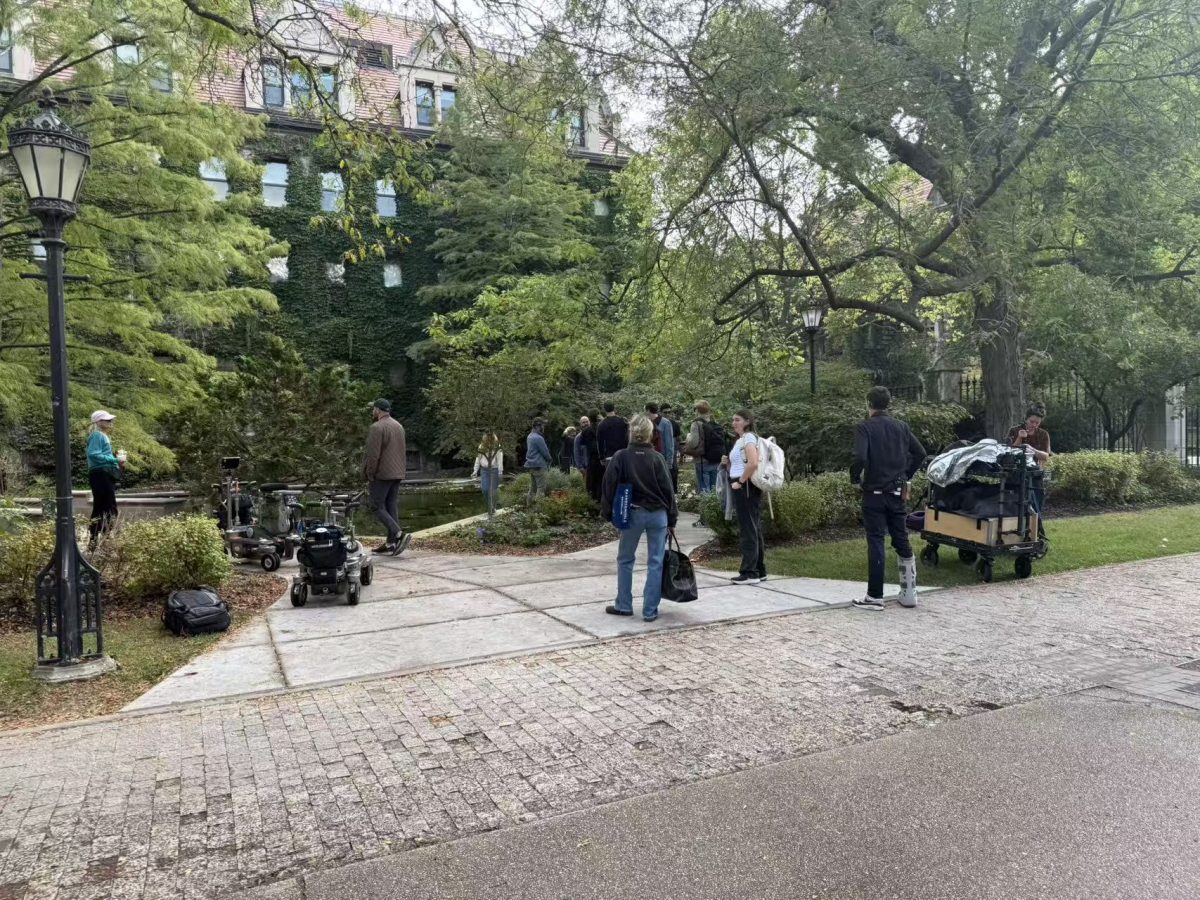President Zimmer announced new steps the University will take to improve campus safety in an e-mail to the University community Wednesday. The letter addressed the recommendations made by the Campus Safety and Security Committee, an ad-hoc group for following the shooting death of graduate student Amadou Cisse last November. The committee’s report, the result of four months of discussion and evaluation, was released Wednesday.
A new shuttle bus system, a walking escort service, daily crime report postings on the University’s website, and new outdoor security cameras are some of the changes the report suggests. The report also marked several areas for improvement, including police deployment and staffing, technology, incident reporting, and safety education and outreach.
Immediately following Cisse’s murder, the University stepped up its police presence, extended the hours of the late night van service, improved lighting on campus, created the Campus Safety and Security Committee, and hired an outside security consulting firm to research additional safety measures, Zimmer wrote in his e-mail.
“I think that many people have been pleased with the changes implemented after Amadou Cisse’s death and wanted to make sure that the University would continue to improve on these changes as appropriate,” Kimberly Goff-Crews, committee co-chair and vice president and dean of students, said in an e-mail interview.
According to Committee Co-chair and Divinity School Dean Richard Rosengarten, the University plans to phase in all or most of the suggested changes over an extended period of time.
“We would be naïve if we thought we could do it immediately. It would be hard financially and administratively. So we will have to prioritize the changes we want to make,” Rosengarten said.
“I can say that the committee was cognizant of making recommendations that could be sustained and adapted as necessary over time,” Goff-Crews said. “That is why we recommended that many of the departments across the institution report to a central person who would be able to assess and improve a coordinated effort.”
The committee expects current safety plans to evolve as the University community’s concerns change, Rosengarten said. For example, when the new dorm and arts center open south of the Midway next year, the University will change its transportation services and safety system to accomodate the expansion. He also expects the forthcoming Community Safety website to adapt to new technological advances.
“One of the challenges was sorting out different kinds of considerations so we could set up the right kinds of categories of issues—what it was like then and what could be done to improve them,” he said. “Because of the broad University community, we also had lots of different perspectives to take into consideration.”
The committee, made up of students, faculty, staff, and community members, began meeting in early December and faced pressure to act quickly because of the urgency of safety concerns, Rosengarten said.
“While being as comprehensive as we could be, we had to act fast,” he said. “The feeling was that we needed to move with all due speed to some action plan.”
Although the committee’s report is finished, the group’s work is not over. In the coming years, the committee will serve an important advisory role for University administrators, Zimmer wrote.








